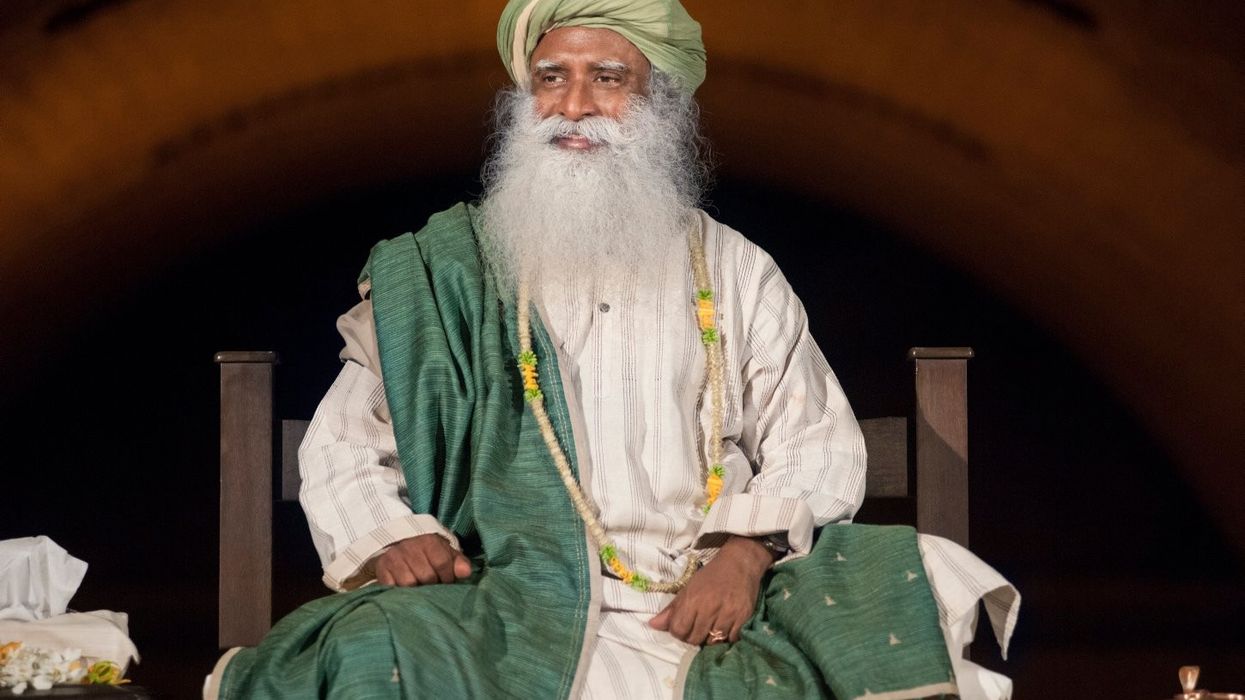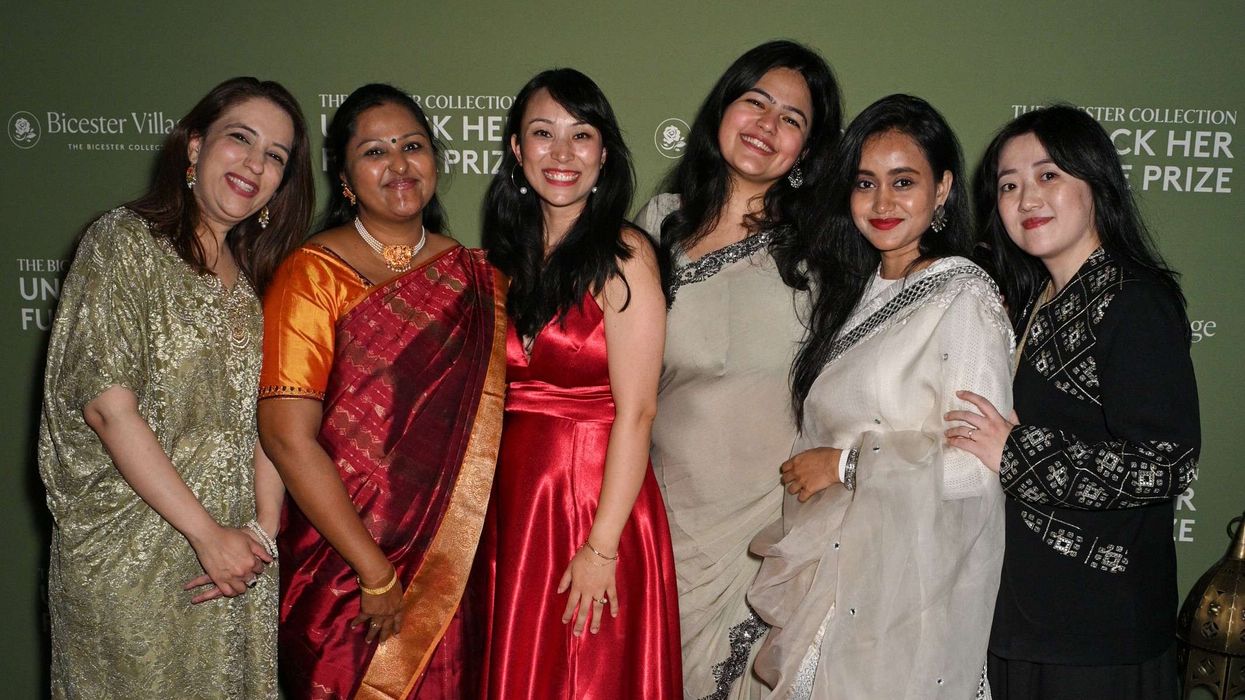By Amit Roy
Indian designers Shantanu & Nikhil last week held a fashion show in London promoting khadi, the homespun cotton fabric once used by Mahatma Gandhi in his struggle for India’s independence.In fact, the theme of the fashion show, which used images of Gandhi and a spinning wheel as a backdrop, was “Independence.”
During colonial times, the Brit-ish rulers banned the manufacture of local textiles and instead made it compulsory for Indians to buy imported cotton made in the mills of Lancashire.
Gandhi’s response was to urge Indians to boycott “foreign-made textiles” and switch to home spun khadi as part of his swadeshi (home rule) movement. This led to the Indian elite ceremonially burning expensive clothes import-ed from the UK.
Gandhi himself came to be associated with his wooden spinning wheel which was inefficient, produced poor quality cloth, but had huge symbolic value.
In Shashi Tharoor’s book, Inglorious Empire: What the British Did to India, it is alleged that the British went to the extent of destroying weaving machinery in India so people would be forced to rely on imports from Britain. Some weavers apparently even had their hands disfigured.
That khadi would one day become a fashionable fabric is prob-ably something that the Mahatma might not have foreseen.
But Shantanu said: “I am trying to bring patriotic chic.” The use of the Gandhi topi (hat) as well as chappals (slippers) for the men was intended to create nostalgia for “India before 1947”, he added.
It was predicted that Shantantu & Nikhil, who held their debut fashion show in the elegant surroundings of the Saatchi Gallery in the King’s Road, Chelsea, could become “the Louis Vuitton of India”.
Shantanu Mehra and Nikhil Mehra are brothers who formed their fashion partnership, Shantanu & Nikhil, in 1999.
Shantantu earned his MBA from the University of Toledo, Ohio, where he first understood the “potential of the upcoming Indian fashion industry”. Nikhil, meanwhile, enrolled for an advanced course at the Fashion Institute of Design and Merchandising in Los Angeles.
Their show coincided with the start of London Fashion Week, although it was not a part of it. The show had the backing of the Indian government, with the Indian high commissioner Yash Sinha and his wife Girija both pre-sent, stylishly attired in Shantanu & Nikhil creations.
He said: “I hope that such efforts will bring to the fore contemporary Indian fashion in the UK.”
It fitted in with the government’s “5F” policy: “Farm to Fibre; Fibre to Fabric; Fabric to Fashion; and, Fashion to Foreign.”
Shantanu & Nikhil do indeed intend to open a retail outlet in London. The “5F” reference was repeated by the show’s London organiser, Samir Ceric, who said he had negotiated with entrepreneur Utsav Kasera, who supports the fashion due.
“We decided to produce this show as the first step of Shantantu and Nikhil entering the London fashion scene in a big way,” said Ceric.
“The ambition is for us four to launch the business globally and turn Shantanu & Nikhil into the Louis Vuitton of India.
“The 5F formula forms the basis of this vision. The world needs Indian heritage and tradition in these challenging times.”
The duo’s client list reportedly includes Bollywood and cricket personalities, among them Am-itabh Bachchan, Glenn McGrath, Stephen Fleming, Zaheer Khan, Saif Ali Khan, Irfan Pathan, Hrithik Roshan, Shah Rukh Khan, Neha Dhupia, Dia Mirza, AR Rahman, Shilpa Shetty, Bipasha Basu and Sushmita Sen.





 Novo Nordisk launches Ozempic in India as diabetes cases climb Getty Images
Novo Nordisk launches Ozempic in India as diabetes cases climb Getty Images  Ozempic weekly pens now available in India for type 2 diabetesiStock
Ozempic weekly pens now available in India for type 2 diabetesiStock  India gets Ozempic as obesity and diabetes numbers riseiStock
India gets Ozempic as obesity and diabetes numbers riseiStock  Doctors say Ozempic helps blood sugar and weight management in adultsiStock
Doctors say Ozempic helps blood sugar and weight management in adultsiStock





